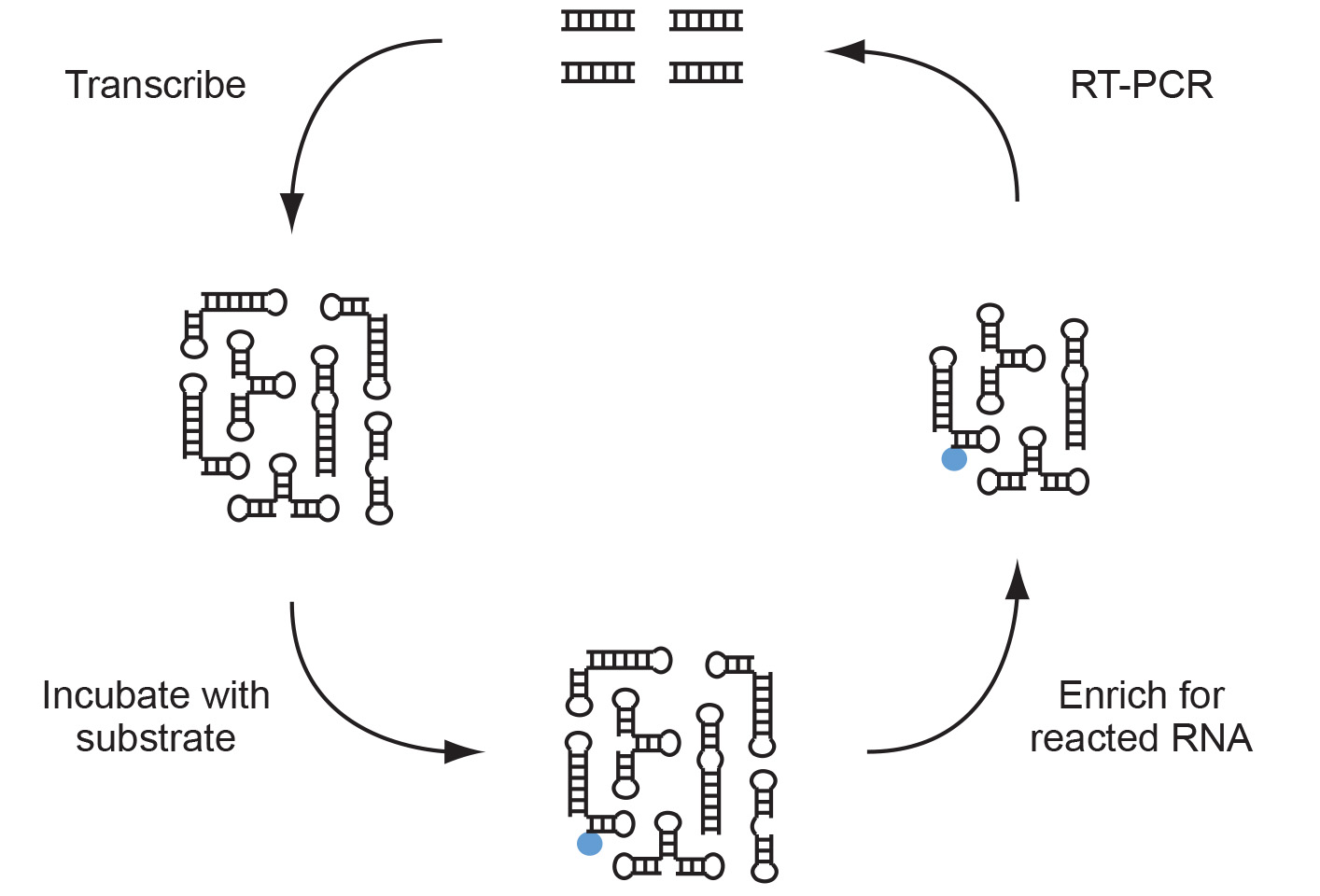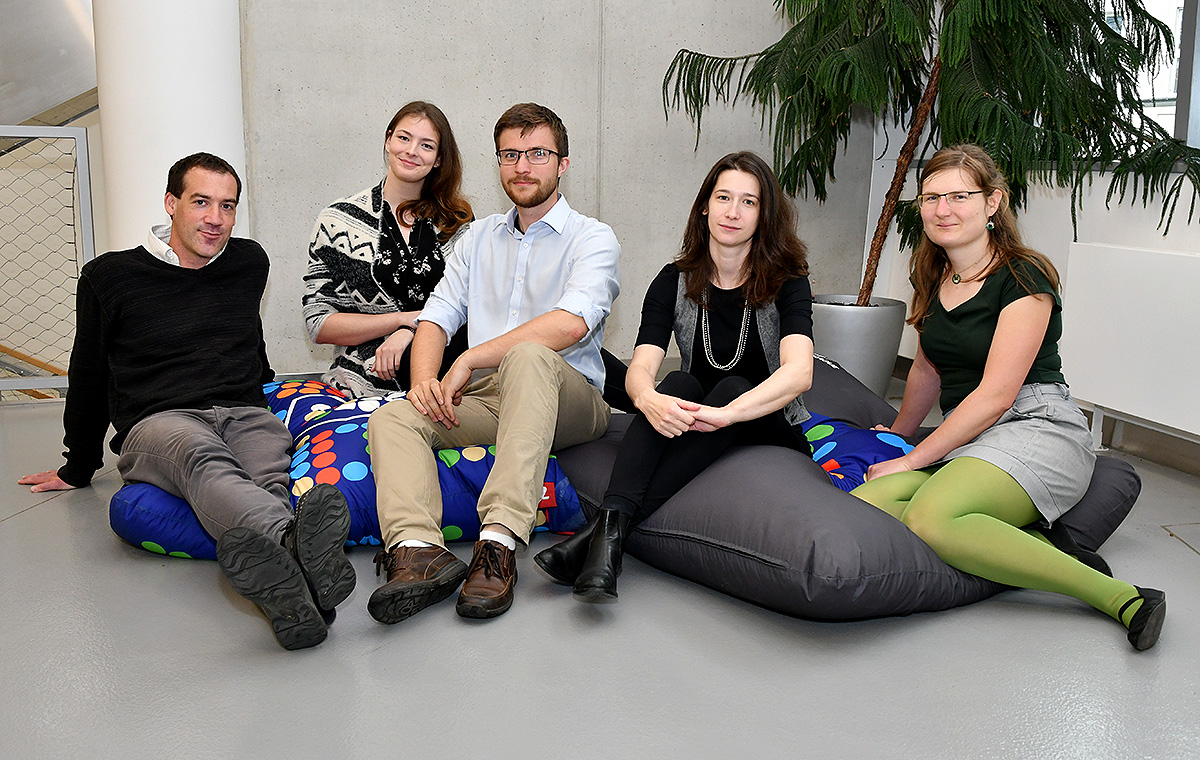About our group
Following the discovery of catalytic RNA in the early 1980s, nucleic acids capable of a wide range of functions have been identified. Examples include RNA and DNA molecules that bind ligands (aptamers) and that catalyze reactions (ribozymes and deoxyribozymes). We use a variety of biochemical and structural methods to learn more about the functional capabilities of both artificial and naturally occurring RNA molecules. One focus of my group is to generate functional nucleic acids that can be used for practical applications. Another is to better characterize the functional potential of noncanonical nucleic acid structures called G-quadruplexes, which occur frequently in genomes and are thought to play widespread biological roles.

Publications
All publications


